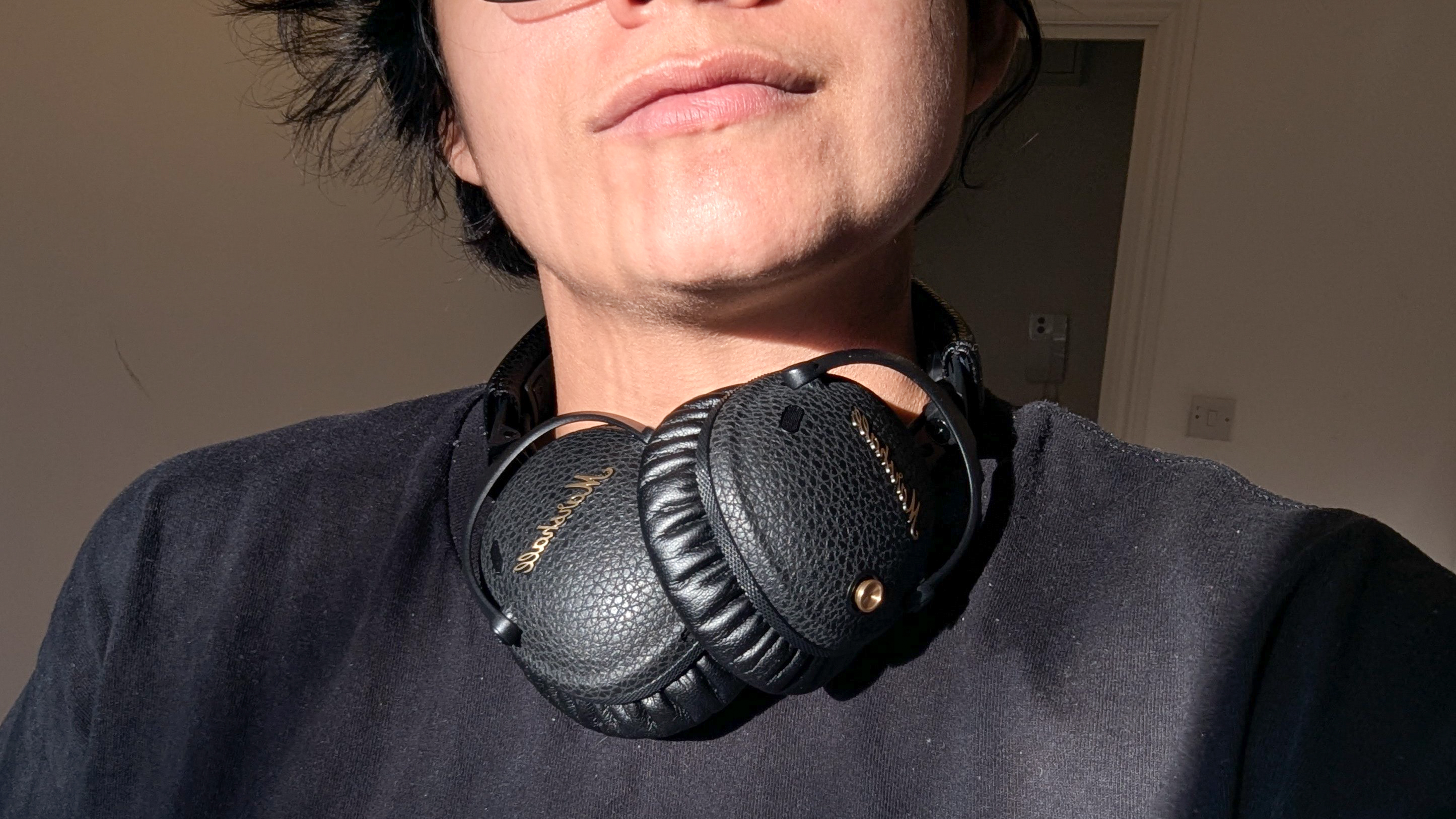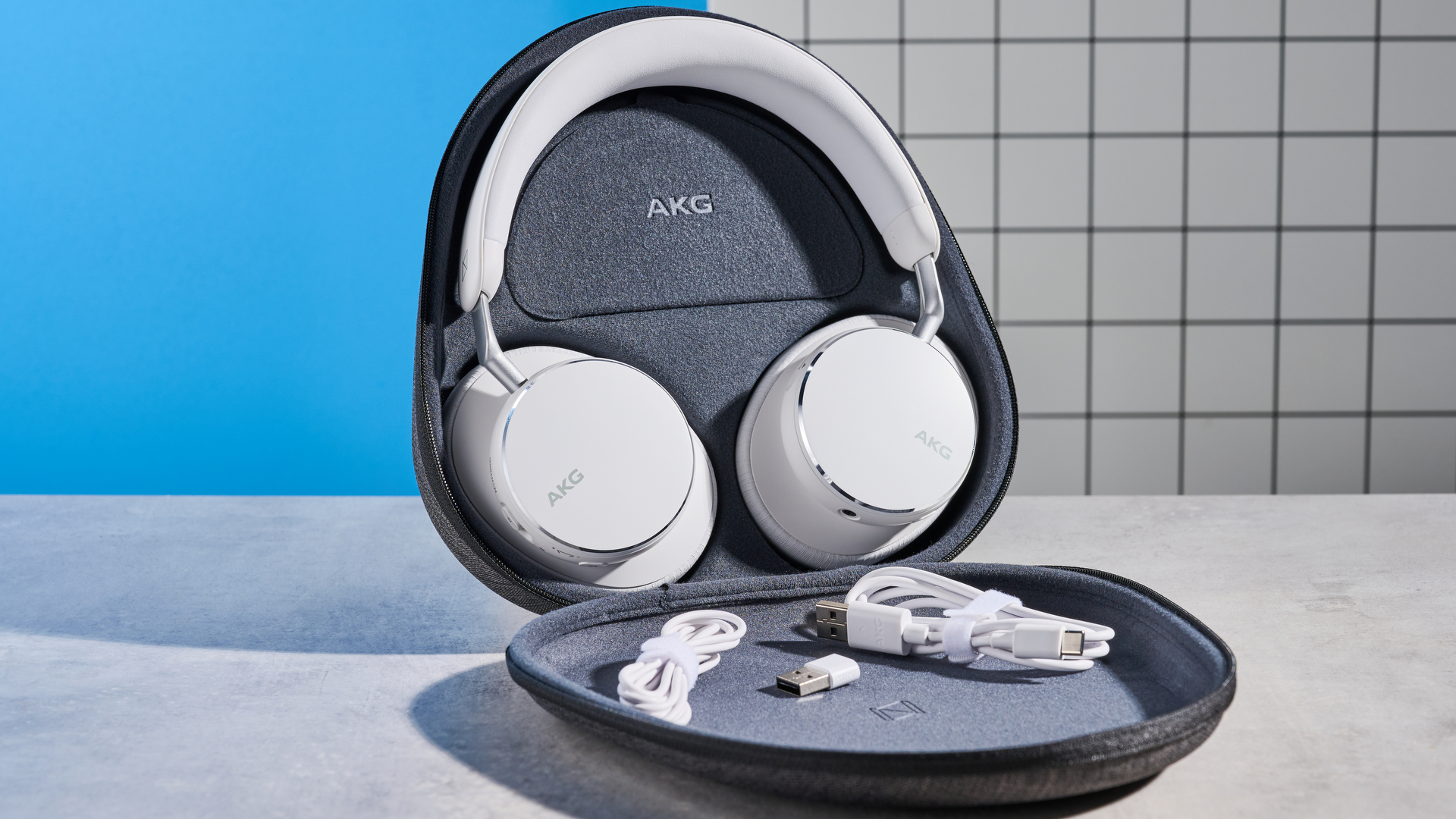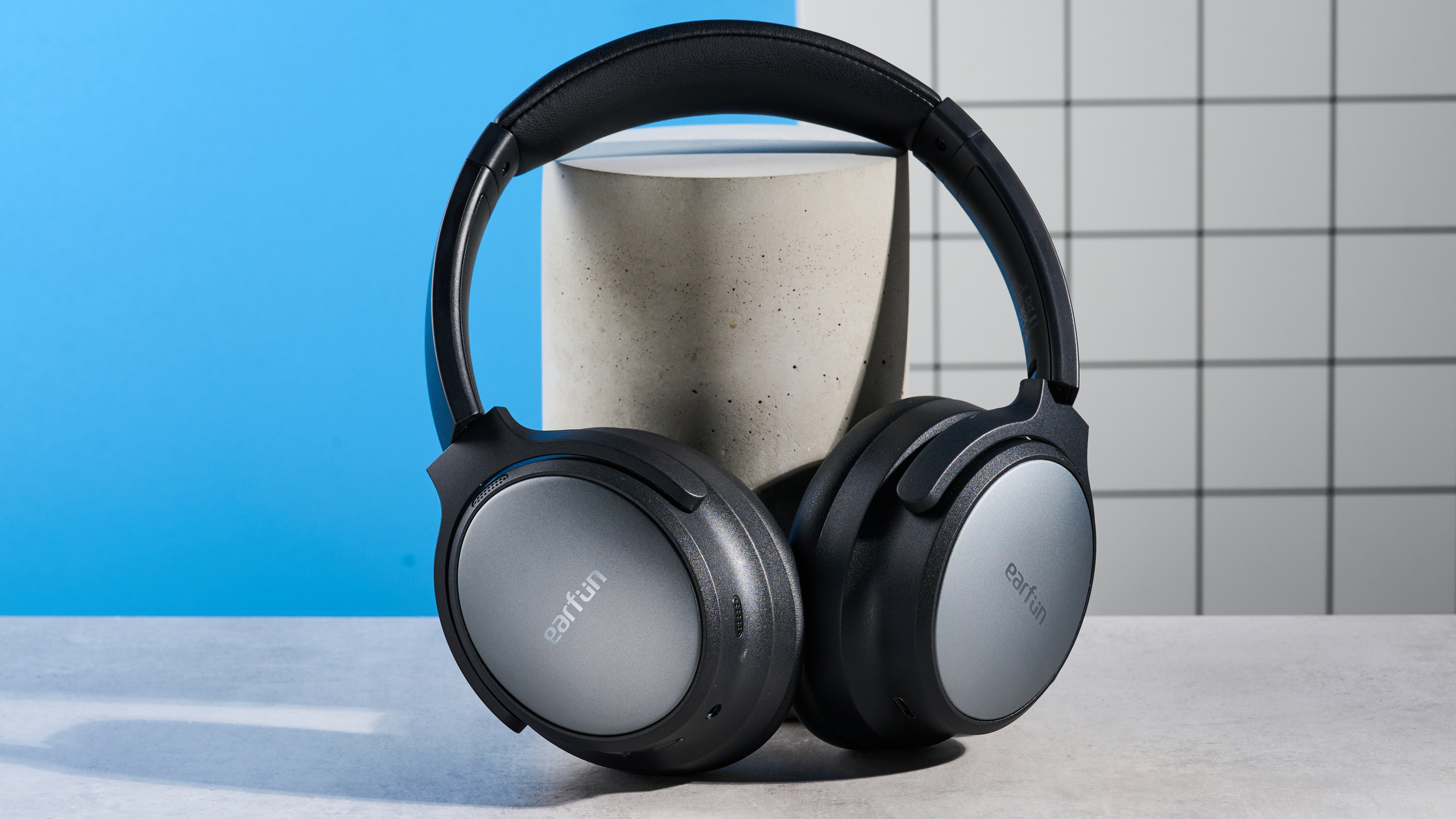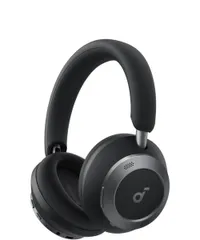I review headphones for a living — 3 things you need to know before you buy

Don't be fooled — the headphones I'm wearing in that image are some of the worst headphones I've ever used. They're proof that you need to do your research when buying new headphones.
I test headphones every single day — it's my job. Yes, it's a real job. I absolutely adore finding the best headphones in a very oversaturated market. Equally, I cruelly love finding the worst headphones and rightfully warning people against buying them in my reviews.
I come to you with this knowledge: this is everything I've learned from testing loads of headphones. I'll tell you exactly what you need to look for (and stay away from), and help you understand marketing jargon from real audio specifications.
How to choose headphones #3: Figure out what you need

There are so many headphones on the market right now. You could even say... too many. I'll run through some features you'll need to think about now.
- Sound quality: How important is sound quality to you? Do you need something worthy of an audiophile's seal of approval, or can you get by with mediocre sound?
- Call quality: Will you be using these headphones for work calls? Do you need the mic to be decent?
- ANC: Are you planning on using these headphones in noisy environments, or are they mostly for home?
- Durability: Will these headphones be used for working out? Do you need an IP rating? (Most over-ear headphones lack waterproofing, just FYI)
- Features: Do you need things like a companion app, customizable EQ (I say yes), and game mode for reduced latency?
- Hi-res streaming: Do you have a hi-res streaming service like Qobuz, or do you listen to CDs? Do you need a wired cable or a 2.4GHz dongle?
- Budget: How much can you realistically spend?
That list doesn't include everything, but it's the main information you need to figure out.

I'll use myself as an example.
I need excellent audio quality. I'm not too fussed about call quality. ANC is a must for public transport. I will almost certainly not use headphones during workouts. I need customizable EQ, but don't care about game mode or spatial audio. I do have a hi-res streaming service (shoutout Qobuz), so I'd like it to come with a wired cable, but it also needs to be wireless. Budget? As low as possible.
Get instant access to breaking news, the hottest reviews, great deals and helpful tips.
That gives me a few options: realistically, the Bose QuietComfort headphones, Sony WH-MX10005, or the Soundcore Space One Pro.
When I tested these headphones back in February, I couldn't believe my ears. Considering they're just $199 (cheap compared to others these days), the sound quality is excellent, and they have a range of premium features like personalized EQs, confident ANC, and a wired connection.
How to choose headphones #2: Don't fall for good marketing
I don't mean to ruffle any feathers, but sometimes promises aren't exactly followed through.
Phrases like "8K sound", "Hi-res wireless audio" and capitalized phrases like "[brand name] Proprietary Cotton Pillow Cushions" are worthy of a raised eyebrow and a chin scratch. Don't be gullible — make sure specs and reviews corroborate these claims.
There's little point in a manufacturer claiming its headphones have "SilentSoundAIMic" if the actual mics are just... the same as everyone else's.

Companies may also claim things like "amazing 20Hz-20KHz frequency range". This is just the normal frequency range. If it's 5Hz-30KHz, that's more impressive (and very rare).
Similarly, "dynamic driver" is the standard. More impressive is "magnetic planar driver", but even so, that doesn't guarantee good sound quality if the hardware itself doesn't match up.
If you want higher-quality streams, you'll need to make sure headphones are compatible with the following Bluetooth codecs: LDAC, ALAC (Apple only), and the many variants of aptX. Even so, compatibility with these codecs doesn't guarantee good sound, which brings me onto my next point...
How to choose headphones #3: Read reviews (emphasis on reviewS)
A review is just one person's opinion. Therefore, you need to read a variety of reviews — but make sure they're from reputable publications. It's worth reading a bunch of that author's reviews to make sure they don't just praise every single piece of gear under their byline.
I would read a minimum of five. Once you know exactly what you need (as we discussed in point 1), you know what to look for. Are you a massive bass lover? Make sure the reviewer discusses bass in the article. Do you need the headphones for work calls? Make sure the reviewer positively rates the microphones and call quality. Do you value comfort over all? Make sure the reviewer says the headphones are comfortable.

The brand-new Sony WH-1000XM6 headphones have universal positive ratings. We gave them 4-stars, but I've seen reviews with 5-stars too. Another unanimously-lauded option is the Bose QuietComfort Ultra, not to mention the Bowers & Wilkins PX7 S3.
All of these headphones have two things in common: a big brand name and a plethora of fantastic reviews.
While reviews aren't everything (everyone has different opinions), if you go into a review knowing exactly what you're looking for, they are the most helpful part of pre-purchase research.

Even so, I think reading reviews is most important for budget gear. Because budget gear tends to have a lot of bold claims, as I discussed in the "Don't fall for good marketing" section above, I think checking out reviews for cheap headphones is the most important thing you can do. There are loads of affordable headphones with terrible sound quality — I know, I've reviewed enough of them.
So if your budget is on the smaller side, I would read every single review humanly possible. There's more room for error here, as truly good budget gear can be hard to come by.
I always recommend the JLab JBuds Lux ANC headphones for epic headphones under $80.
Hopefully now you can cut through the noise and figure out exactly which headphones will suit your needs. Remember: do your research, and don't fall for good marketing. Then you should be golden.
More from Tom's Guide

Erin Bashford is a senior writer at Tom's Guide, focusing on reviews. She has a Masters in Broadcast and Digital Journalism from the University of East Anglia. As an ex-barista, she knows her way around a coffee machine, and as a music lover, she's constantly chipping away at her dream of having a multi-room home sound system. In her spare time you can find her reading, practising yoga, writing, or stressing over today’s NYT Games.
You must confirm your public display name before commenting
Please logout and then login again, you will then be prompted to enter your display name.

